Meet the creator of Gaia terrain creation system for Unity3D
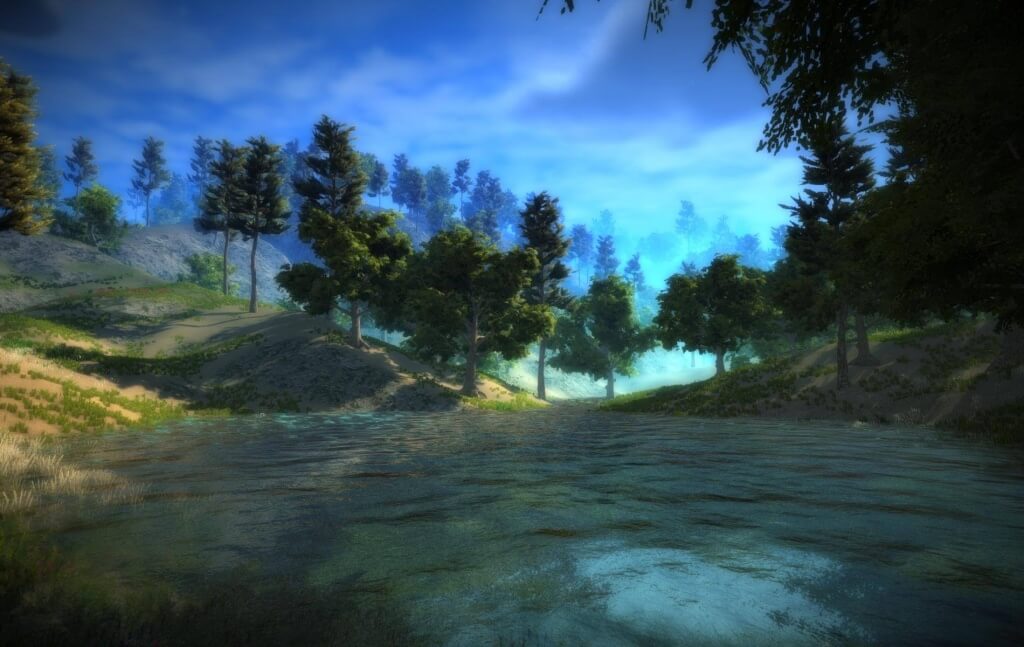
As far as Unity Assets go, there are some new and upcoming giants in the playing field. One of these is Gaia, a new and very creative approach at an age old problem in Unity, creating beautiful terrains.
I recently had the opportunity to speak with Adam Goodrich, the creator of the popular Gaia terrain creation system for Unity3D. Early on, I decided to steer the interview away from the technical details of Gaia, and focus more of getting to know how someone like Adam works. It was an education to see how he thinks and works, I came away from the conversation feeling not only was Adam onto something big with Gaia, but his attitude towards solving problems in general was something we could all learn from.
So Adam, what is Gaia all about?
As far as Unity Assets go, Gaia is a tool that allows anyone from beginners to pro’s to make beautiful environments in minutes rather than weeks – so they can focusing on creating awesome game play instead!
Gaia allows you to visually design the environment to suit the game play you want to create by stamping interesting terrain features exactly where you want them, and then procedurally texturing, planting and populating the rest of the scene.
With Gaia v1.5 the focus is on sharing, inclusivity and collaboration. The session management system allows you to backup and share your work, and with the extension system I am collaborating with other quality asset producers to make it easy to integrate with and leverage their assets. For example with Distingo you get tile free terrains, with Aquas you get pretty water, and with SpeedTree you get amazing plants all tailored to your environment and activated with just a few with a clicks.
Another thing I am consciously trying to do with Gaia is the “Gaia Forum” where I am encouraging people to share their work and their techniques. It is very active and there is so much good material in there to learn from. I have learnt as lot and the amazing community constantly motivates me to do better.
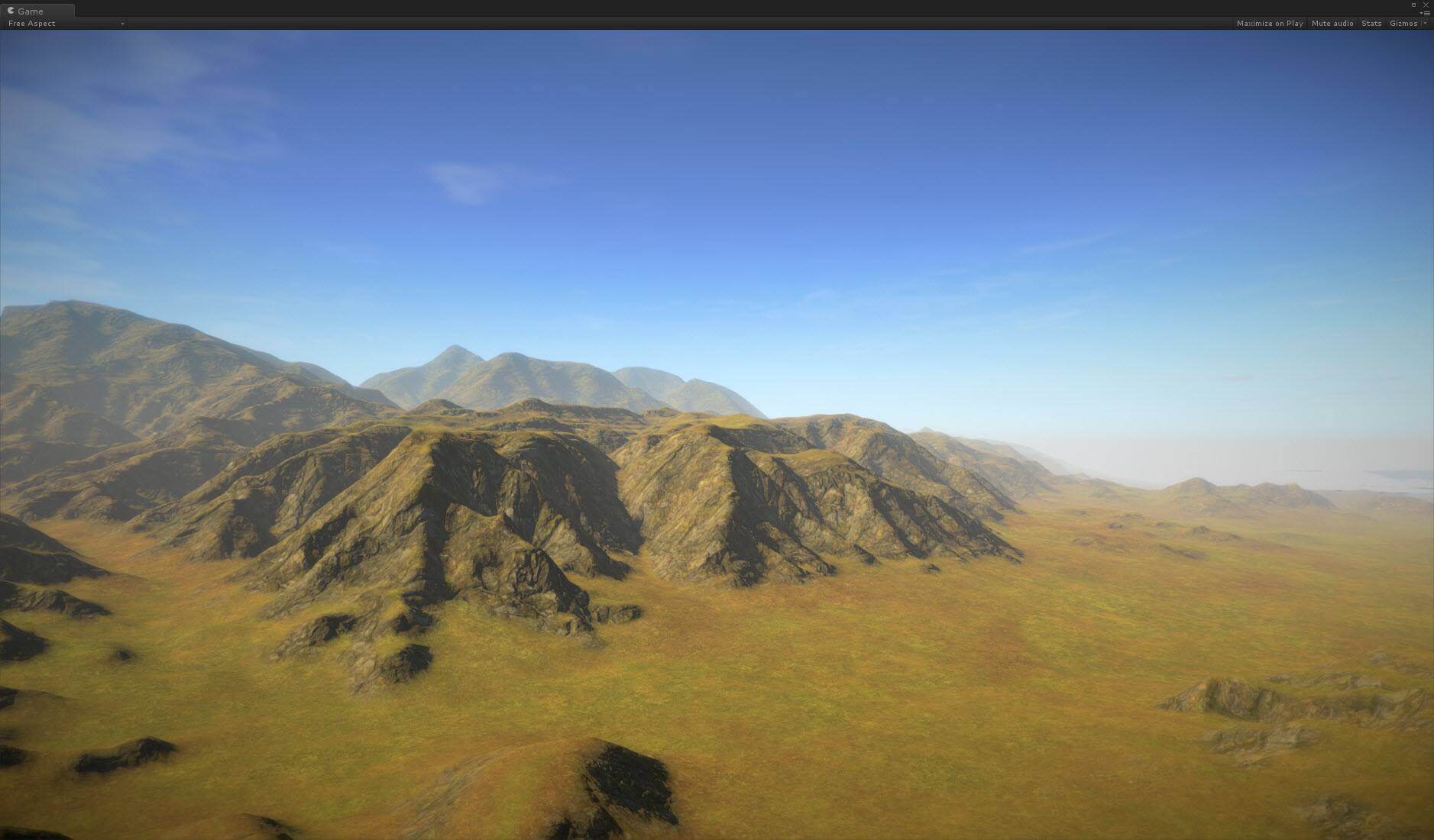
Unity Terrain created with Gaia
So, lets talk a little bit about Adam. Who are you and where are you from?
I am a happily married 49 year old tech guy with three kids and living in Sydney, Australia. Career wise I have been around the block a few times and am at the point where I want to give back. My personal mission is to create the tools, technology and education that helps people to help themselves. Gaia is an example of this.
What paths did you take in life to end up where you are now as an asset publisher?
I used to be the guy that looked after sick animals at my school and was going to be a veterinarian. When it got to crunch time it dawned on me that becoming a vet was a huge time and money commitment that I wasn’t prepared to make, and having learned that I also loved computers I went into computing instead.
My love of computing started with the one computer in my school. I had an hour a week on it and was so keen that I copied the manual out, taught myself to program, and wrote games. This led to uni and then my first job with a multinational. I stayed with them for seven years doing a range of things and learning my craft. I did my first start-up after that and have largely been a start-up guy since.

Unity Terrain created with Gaia
How about your career, what choices did you make there, which lead you here?
Some career highlights included spending a couple of years in Silicon Valley during the dot com boom. I did a prototype in a few weeks that got us several million in seed funding and it was a wild ride with a typical day being 10am to 2am. Later on back in Australia I created a digital agency with some friends and we built it to around one hundred people before selling a few months before the GFC hit. Another highlight was working for Microsoft in Australia and running their technical evangelism team. Great company learnings and talent but big companies aren’t really my thing.
My focus after selling the agency moved onto technology that is all about helping people. I spent several years researching what I call contextual or behavioral computing. In a nutshell if you could measure someone, then what could you know, and then how could you use this to help them to achieve success. As part of this process I decided to explore Unity and games as a way of educating and guiding people. Turns out I have a real passion for this space and am totally enjoying the amazing people I have been fortunate enough to collaborate with.
I assume you are married, so what does your spouse think of the work you do?
She supports me on whatever adventure I go on – and she’s been on a roller coaster over the years as I have tried different things in different countries. What she likes about this is the example it is setting for our boys. I set myself a goal, worked hard, never gave up when at times I was tempted to, and am finally achieving some success. And besides – this is a creative and cool space – what’s not to like?
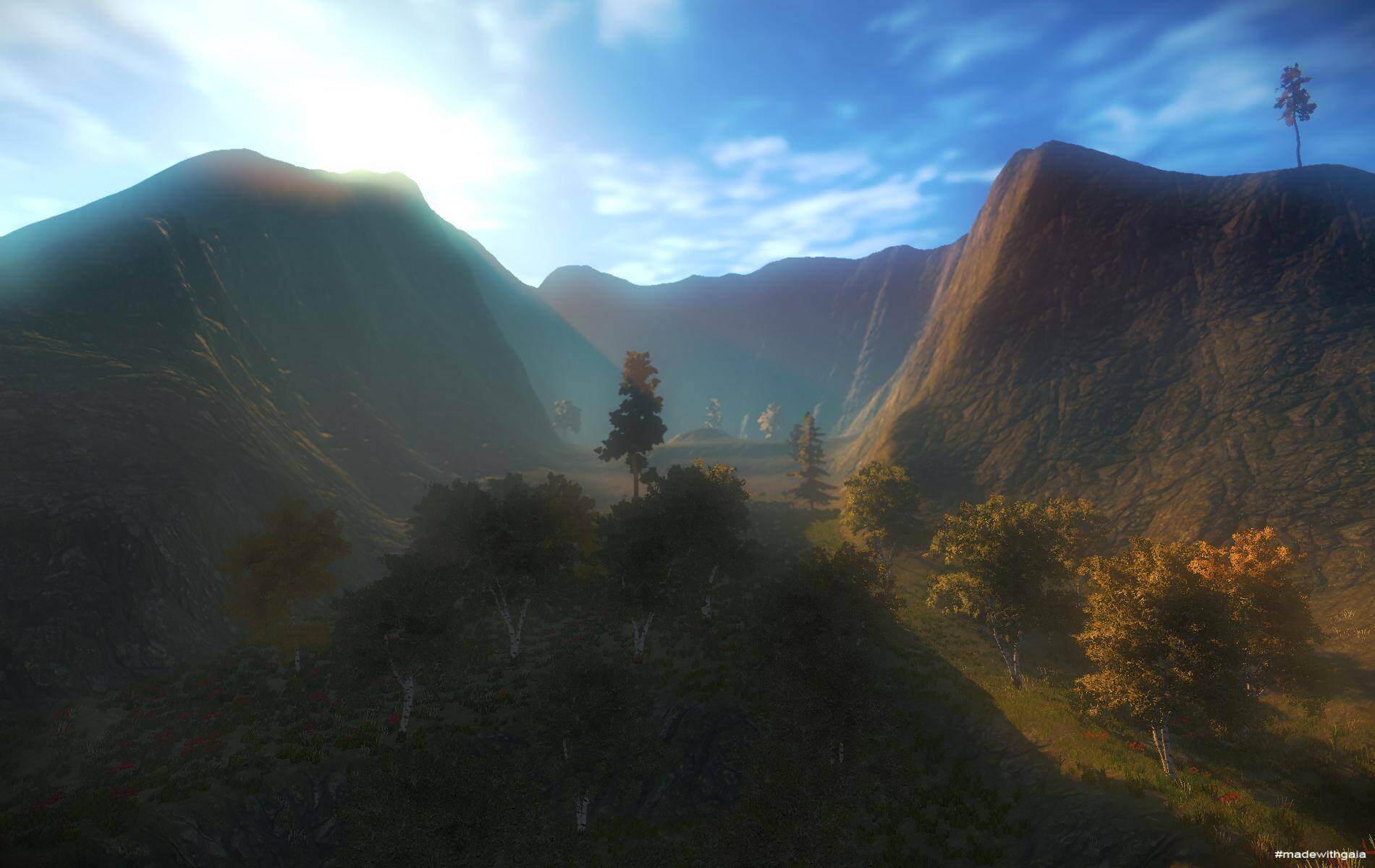
Unity Terrain created with Gaia
What lead you to work with Unity over other engines?
As a CTO type guy, I evaluated all of the engines when I started this about two and a half years ago. Unity had a reputation of being easier to learn, used C# which I love as a language, had a thriving asset store and community which I could learn from, and also very importantly would get me onto a wide range of platforms – which was key to my bigger vision.
Obviously the elephant in the room is Gaia, but have you had any other Assets that you launched that didn’t do as well? What did you learn from that?
Gaia is my first asset in the store and its popularity has surpassed my wildest expectations. I have been involved with many companies and these learnings have all been integrated into the way I approached Gaia. One of the key things I have attempted to do with Gaia is to make a complex problem approachable, and a lot of time has been invested here. I am also not naïve enough to just expect it to sell well, so I also put a lot of time into building relationships within the community which started with my own beta group. These people have become great friends and mentors, and have helped me and Gaia to grow.
What was the impetus that lead you to develop Gaia? Why do you think that your system has been so successful over other attempts by other terrain system makers?
Interesting question. When I first started with Unity I opened it up to see this overwhelming blank screen… so i bought some expensive terrain assets – and a month into using them I decided to look for alternatives. I tried several and they all had the same issue – they just splatted noise out there and you had to hope for the best as there was no easy way to control it.
That led to me exploring ways of directing noise – and I did two other terrain systems prior to making Gaia. My early attempts weren’t really great and one day I had this epiphany – what if I could treat a mountain just like you would a 3d model. So I prototyped some stuff and came up with the idea of stamps. The other epiphany was about automating the rest of the process – and that was where spawners came from. The rest developed from there.
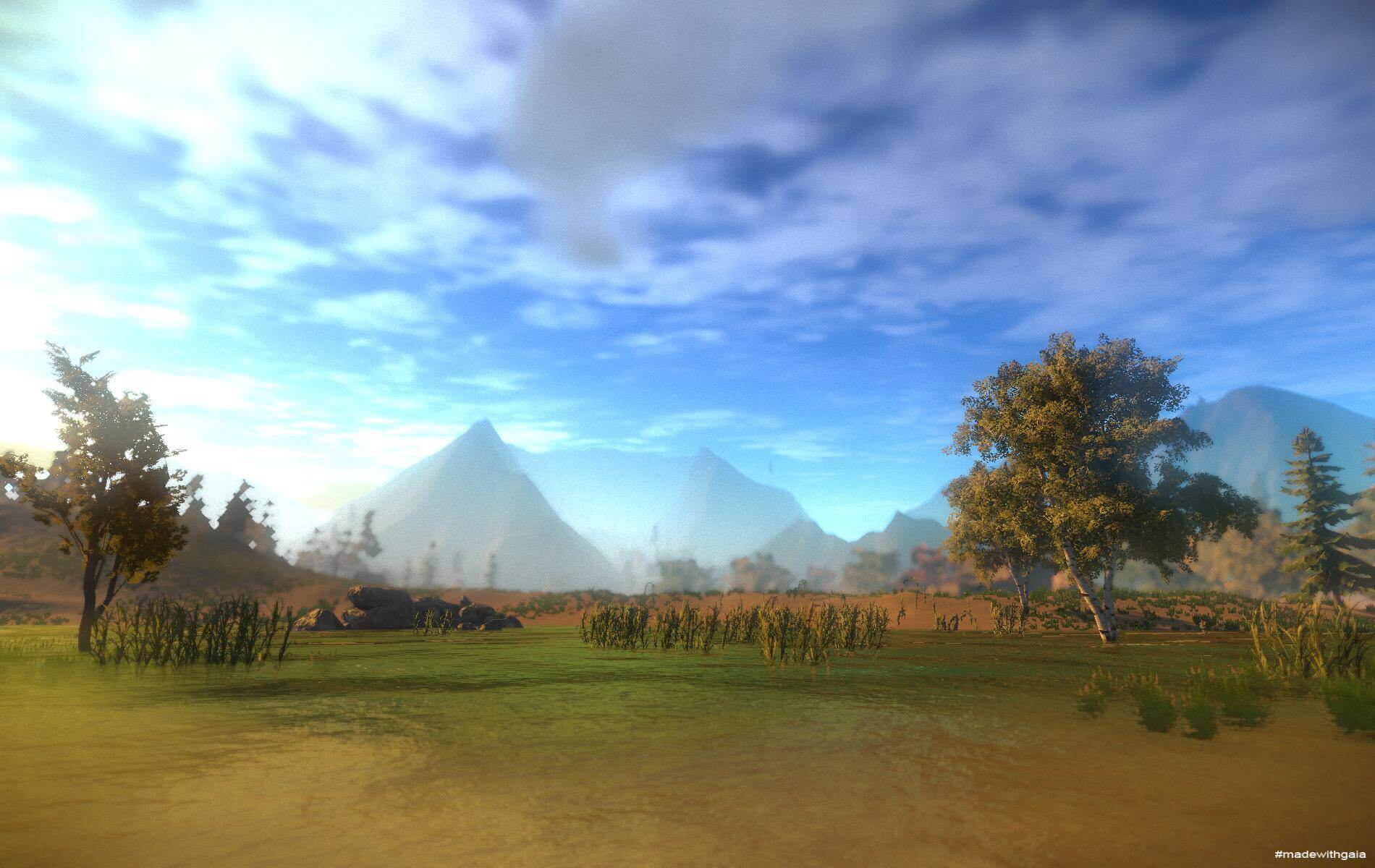
Unity Terrain created with Gaia
In my opinion the reasons that Gaia is successful is that it is simple enough to be usable, it allows you design your game spaces that way you want them to be, and is supported by a very active and positive community.
We know that you will be at the GDC this year, is there anyone in particular you are excited to meet in person? Any big Oprah moments planned?
I am not an Oprah type of guy – we are all just people trying to do our best IMHO – but am very much looking forward to going to GDC and meeting with the folk at Unity and with the people I have become friends with along the way. I am also really keen to talk with the best people in the industry to work out how improve what I do – for example a great outcome for me would be to learn how to be really good at lighting. Another outcome is to connect with people and find ways to build a business that in turn allows me to do more of this.
As an asset publisher, what are some of the up and coming assets you are keeping an eye on and think will be a big success?
I read the forums a lot and observe the trends. I don’t have one specific asset that I am watching, but more tend to keep across things and play with stuff I find interesting. In my opinion the assets that help people to get a better experience and result with unity are the ones to watch out for.
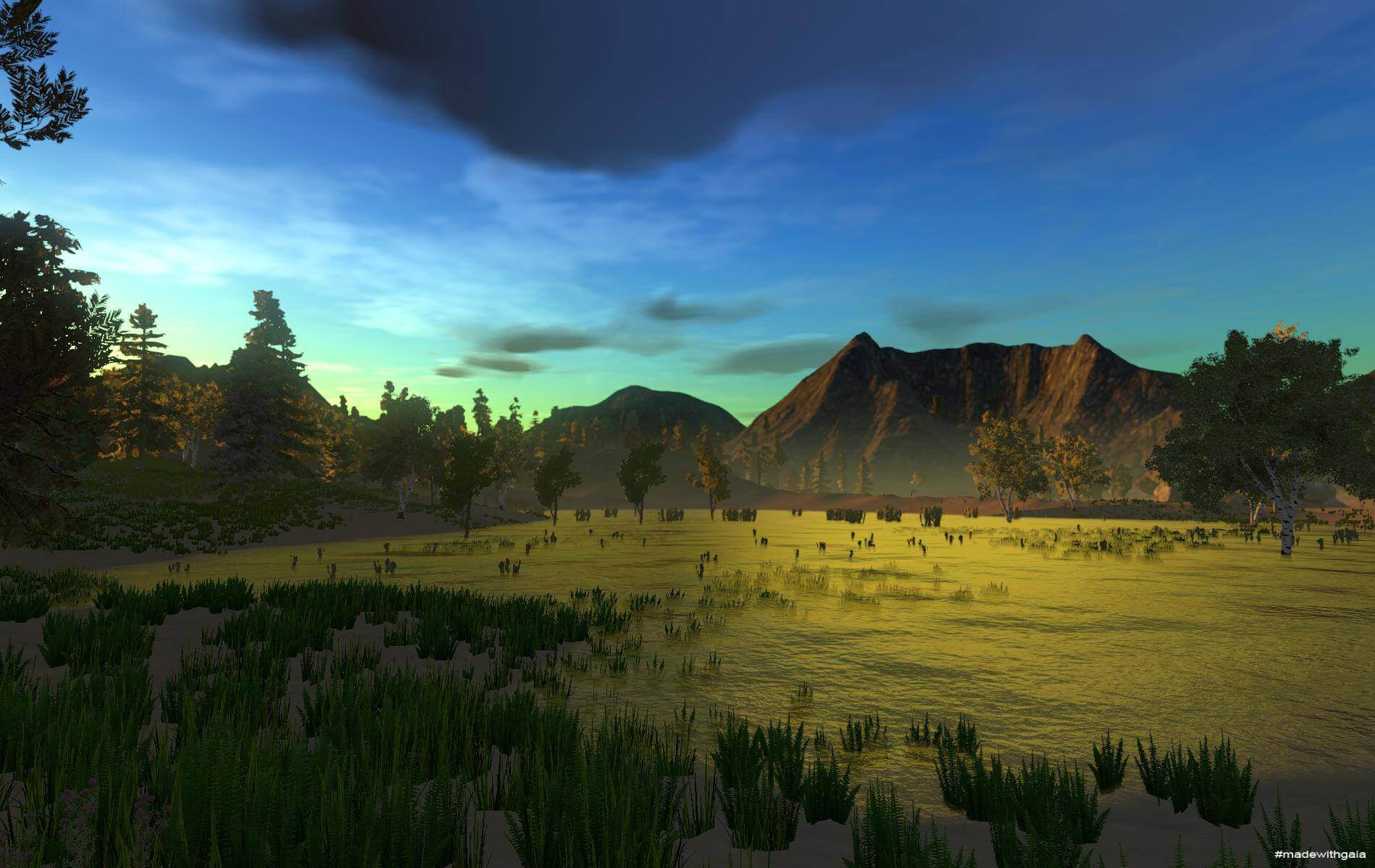
Unity Terrain created with Gaia
Can you give us any exclusive information or tips for Gaia that you have not shared anywhere else?
He-he, there are so many. Gaia is simple on the surface and surprisingly deep. I was recently asked why I could not raise or lower the terrain by a certain amount — and my response was sure you can – just use the mask stamp as a stencil, and raise or lower it by the amount you set in the stamp. The biggest issue I am having is communicating exactly how capable it is.
Do you prefer to focus more on game development or asset creation?
Yeah. I love how successful Gaia has become and it also frustrates me that I am not spending more time playing and making games. I am working with some different teams at the moment as time allows, and contribute to their games as I can. I would really like to make a game for my kids.
Its the year 2020:
- what is Adam making these days?
- what’s going on with Gaia?
The behavioral framework I have been working on is now out there and alive in the cloud. It is the backbone of some amazing games, and is also helping people every day in the real world via its ability to decipher and make sense of the overwhelming amount of information being generated by the internet of things.
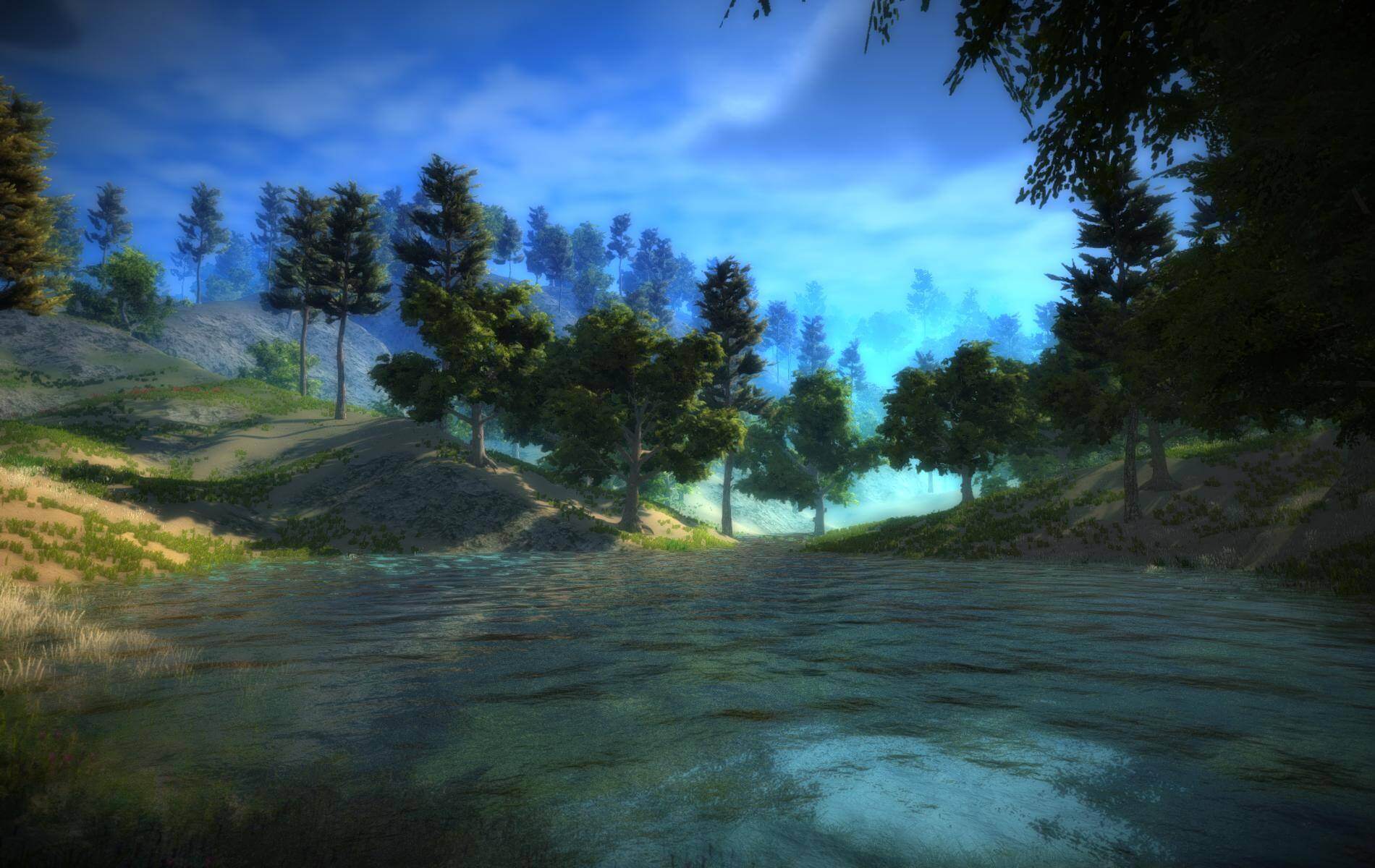
Unity Terrain created with Gaia
Gaia has evolved with Unity and crossed over to other engines as well. Gaia helps to model and create the environments than are then bought to life via my behavioral frameworks. The future of computing isn’t about creating virtual worlds, although they are useful. It is leveraging that virtual knowledge to augment and facilitate people in getting positive outcomes in the real world, and I hope to be making a positive contribution here.
What advice would you give to any budding asset creator out there?
Find a hard problem. Find a way to solve it in a way that is approachable to regular people. Engage with others to test your thinking. Accept criticism as a gift and learn from it. Expect that it will take twice and long and be twice as hard as you estimated. When you mess up as you will – learn from it – and never give up. It’s a business even if money isn’t your driver, and business is all about people, and if you keep this in mind you will eventually succeed.
Since it’s release in October of 2015 Gaia has become one of the fastest growing and highest rated assets for Unity. More and more other asset publishers are joining forces with Adam, and creating their own Gaia extensions. You can get Gaia from the Unity Asset Store HERE!
I want to thank Adam for taking the time to talk with me, and share some personal information about his life and experiences.
You can follow Adam:
- Twitter: @AdamGoodrich & #madewithgaia
- Facebook: https://www.facebook.com/proceduralworlds/
- Youtube: https://www.youtube.com/user/btektube
